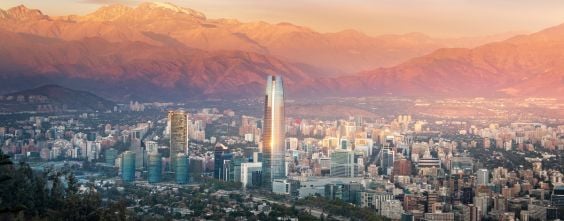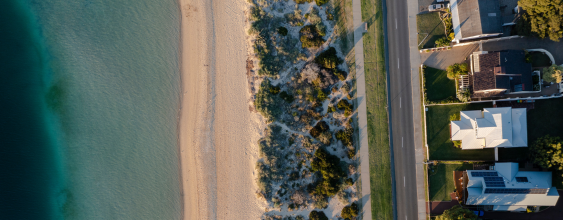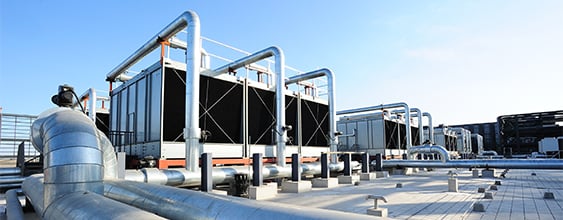Across England and Wales, urban green space has significantly declined over the last two decades, with many public spaces suffering the impacts of both extreme weather and shrinking local authority budgets. These issues pose a significant challenge as green assets such as public parks, woodlands, street trees and wetlands play a vital role in helping urban communities adapt to the climate crisis.
A potential solution to this may involve changing our perception of what successful green space looks like and how we interact with urban nature. To explore these issues this article draws on expert insight from Kim Stoddart, gardening journalist and author who specialises in climate resilient gardening, Nkechi Okeke-Aru and Elliot Newton who are championing the development of resilient green spaces in Kingston Borough Council.
The impact of a changing climate is diverse and critical
2022 was one of the hottest years on record. From droughts to flash flooding, extreme weather events have put visible pressure on urban green spaces across the UK.
“Unfortunately for us, we had one of the hottest summers for a while and so that had a real impact on some of the planting,” said Nkechi Okeke-Aru, Highstreet Recovery Lead at Kingston Borough Council.
This concern was echoed by Elliot Newton, Kingston’s Biodiversity Officer, who noted that it had “definitely been a challenging year for maintaining the green landscapes” with teams having to water plants and trees more frequently and even having to top up ponds.



.jpg?h=1080&iar=0&w=860&hash=65BEDC66B7DFB350405F4076D29AF8EF)
















